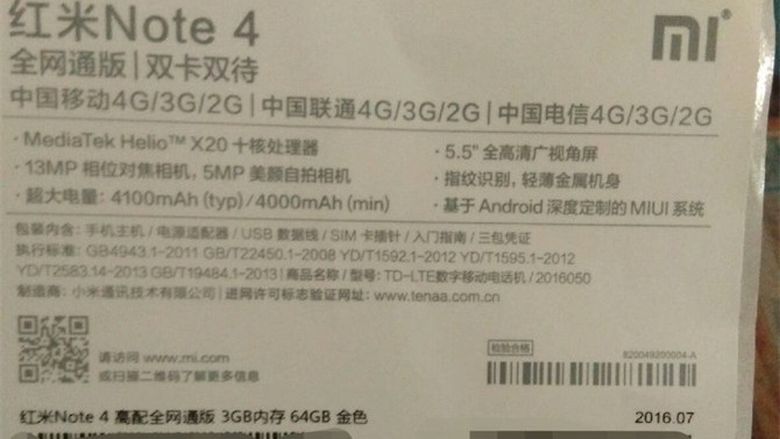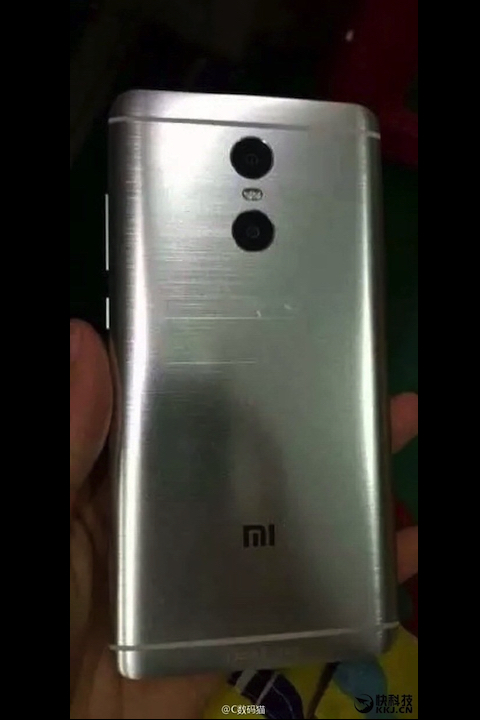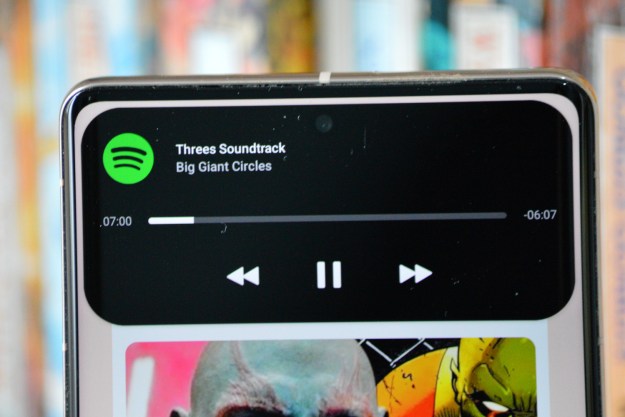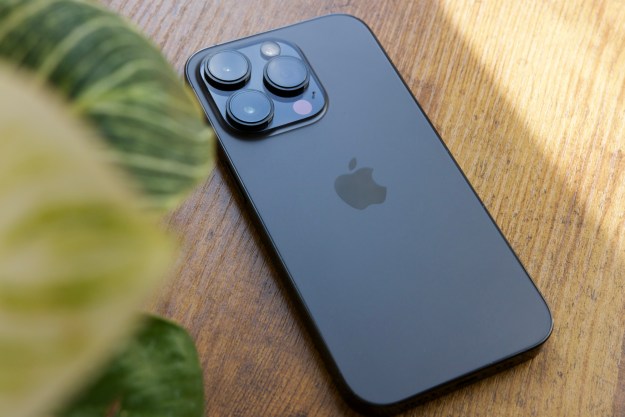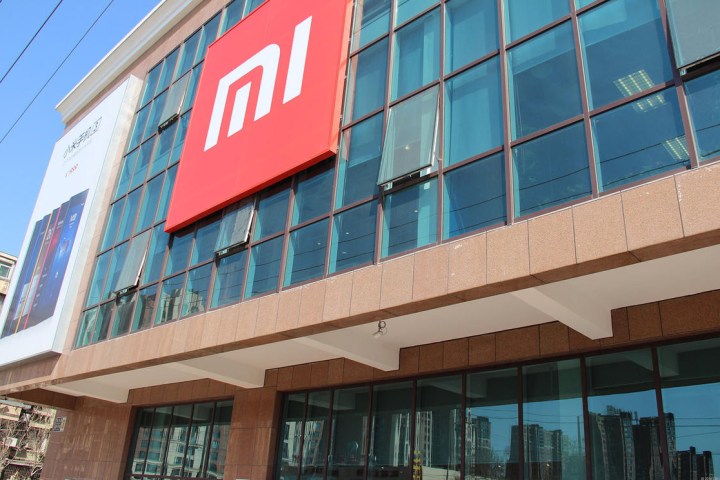
Release date and price
Just when the new Redmi will see the light of day may have become a bit clearer, recently. In July, Xiaomi announced that it would hold a media event on July 27. While it didn’t hint at what might debut, chances are good that it could be the rumored handset. Early on, the phone was rumored to be the Redmi 4, or Redmi Note 4, but it has subsequently been referred to as the Redmi Pro, including by Xiaomi itself.
As for when the new Redmi will hit store shelves, it might not be for a while. Judging by Xiaomi’s release schedule — it launched the Redmi 3 and 2 in January of 2014 and 2015, respectively — it’s a safe bet that it’ll see a holiday launch. But don’t hold your breath for a U.S. release: Xiaomi has a habit of limiting its Redmi series to overseas markets like India and China.
Specs
Rumor has it that the Xiaomi could sport seriously impressive hardware. The latest rumors suggest the phone will have an OLED screen measuring 5.5-inches with a 1920 x 1080 pixel resolution, powered by a deca-core MediaTek Helio X25 processor, and either 4GB or 6GB of RAM depending on the model. A fingerprint sensor is also possible.
Before this, news from Chinese social network Weibo painted a similar picture. A photograph of the handset’s reported retail packaging appeared to reveal many of the rumored Redmi’s hardware specifications. They include either an octa-core Snapdragon 652 processor or MediaTek Helio X20 chip with 10 cores clocked between 1.4 and 2.3GHz; a behemoth 4,100mAh battery; a 5.5-inch, 1080p display; and a 13MP rear-facing camera and 5MP front-facing shooter.
Those details line up with an earlier leak that first appeared on Chinese rumor blog Giz China. According to the publication’s source, the handset sports a 10-core processor, 4GB of RAM, and an impressive 128GB of internal storage space. And it reportedly features proprietary “fast-charging” technology of some sort — likely MediaTek’s Pump Express, if Xiaomi’s Redmi Note 3 is anything to go by.
Design
Early leaks suggested the new Redmi will sport an all-metal unibody exterior and, much like the Huawei’s P8 and Honor 8, a dual-camera module with “superior” color accuracy and low-light performance. At the end of July Xiaomi founder Lei Jun posted a picture of himself clutching the Redmi Pro on the Weibo social network. The image shows a device with what’s most likely a metal body, an antenna break along the top, and two camera lenses.
Lei Jun’s message was apparently sent from a Redmi Pro as well, indicating this will be the phone’s final name. Before this, what appears to be a promotional image and a leaked shot of a metal rear panel, said to be the Redmi Pro, were posted to Weibo. All images show a double stacked camera lens array.
Camera tech
Dual cameras are all the rage, these days. LG’s G5 has one, and so does Huawei’s P9. So it’s no surprise Xiaomi will reportedly debut its take on the tech on the upcoming Redmi.
Leaked photos on Chinese social media reportedly show the Redmi’s camera module. The primary camera sits near the top about a half an inch below the handset’s rear, and a few millimeters beneath it a second sensor. In between the two appears to be an LED flash.
There’s no telling from the photos what sort of benefit, exactly, Xiaomi’s dual camera tech will confer, but we can speculate. The G5’s second camera handles the sort of wide-angle photos that would normally require a specialized lens or mechanical zoom to capture, while the P9’s complimentary sensor improves the sharpness and clarity of images by simultaneously capturing, and then merging, monochrome and full-color snaps.
Reports do differ on the camera’s specs. Most recently, it’s suggested both will have 12-megapixels, while earlier reports say one will have 13 megapixels and the other 5 megapixels.
Software
What software the new Redmi is running is anyone’s guess, but rumblings suggest it’ll be Android 6.0 Marshmallow. Chances are it won’t be vanilla Android, though — Xiaomi typically prepackages its handsets with a heavily customized in-house skin called MIUI. The last Xiaomi phone to be announced was the Mi Max, which uses the latest MIUI 8 interface, and it’s likely the Redmi Pro will do the same.
A refreshed Redmi makes good business sense. Xiaomi has focused disproportionately on flagships this year, launching the ceramic-and-glass Mi 5 ($415) in March and Mi Max ($296) a few months shortly after, in July, and that strategy may have been to its detriment. The company has traditionally depended on low-end emerging markets to lead growth, and subsequently saw a dip in revenue during the first quarter of this year — 14.8 million shipments globally versus 17.5 million the same period a year earlier, according to market firm IHS Technology.
Increased competition is also to thank, of course — Huawei, Vivo, Oppo, ZTE, LeEco, and others are vying for dominance in the Chinese smartphone market. But to Xiaomi’s credit, it remains one of the country’s most popular handset brands. Company chief Lei Jun said in a post on Weibo that one in four smartphones sold in the country in May were “made by Xiaomi,” and that the company retained a 26-percent share of the domestic market. The firm is hoping, no doubt, that a killer new Redmi phone will cement that lead.
Updated on 07-26-2016 by Andy Boxall: Added more rumored specs and another image of the phone, this time in Xiaomi founder Lei Jun’s hands.
Article originally published on July 16, 2016.
Editors' Recommendations
- iPhone 16: news, rumored price, release date, and more
- Google Pixel 9: news, rumored price, release date, and more
- Google just announced five big updates for the Pixel 8 and 8 Pro
- This $570 Android phone crushes the iPhone 14 Pro in one big way
- I really hope this iPhone 15 Pro rumor isn’t true
